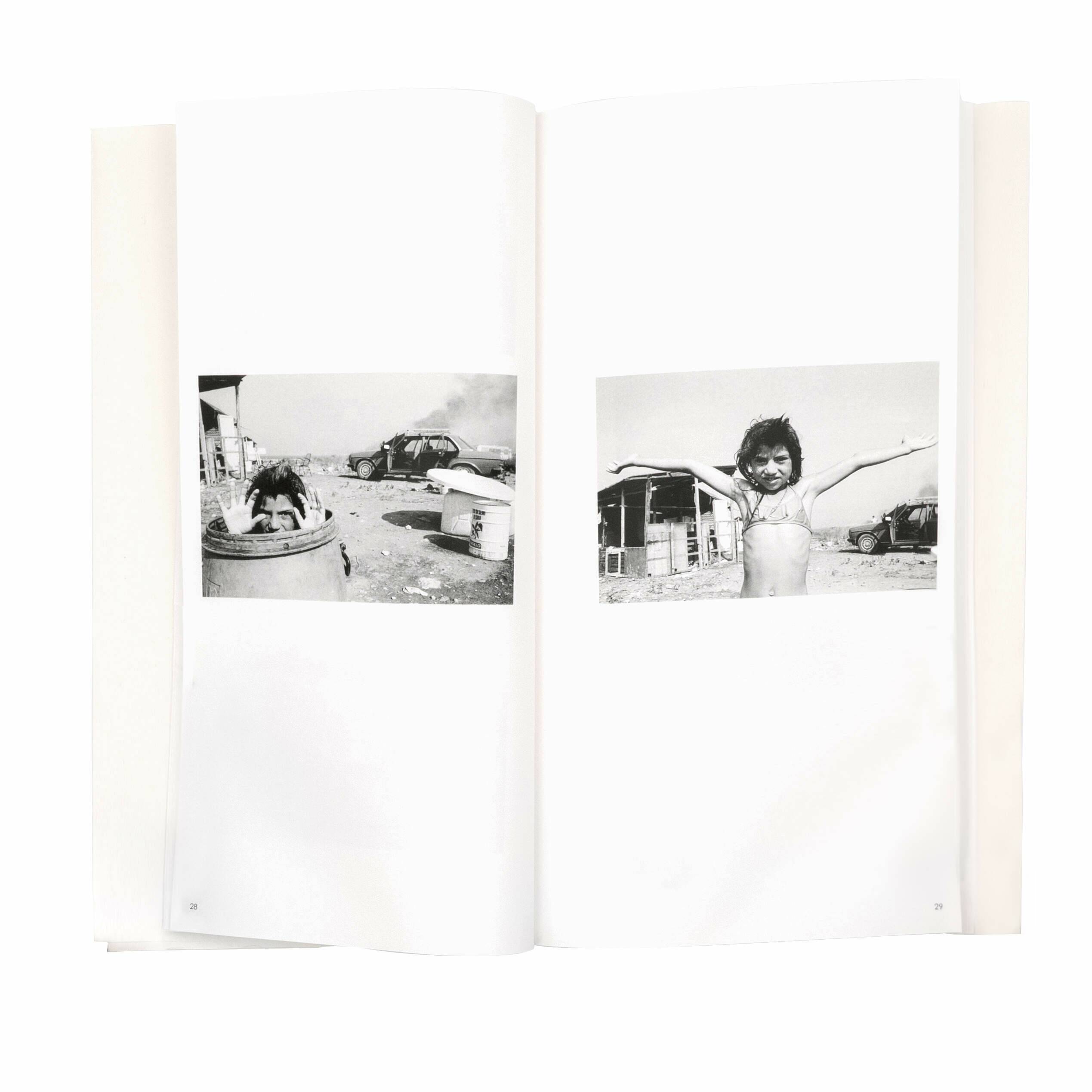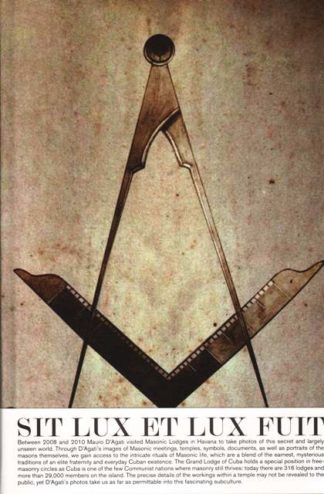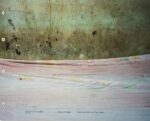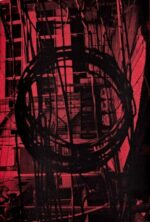Exemplaire Signé.
1ère édition numérotée sur 89 exemplaires (+11 épreuves d’artiste)
Tsiganes, Roms, Sintis, Zingari…
Ils sont connus sous de nombreux noms. Et pendant des siècles, ils ont été une attraction pour les écrivains, les peintres, les musiciens et les photographes en raison de leur amour de la liberté, de la vitalité, de la couleur, du nomadisme et bien sûr de leur mépris constant des règles. Mais l’imagerie romantique
ils ont apporté aux arts a très peu à voir avec la réalité. La série photographique The Children of Humble Freedom de Mauro D’Agati emprunte son nom au poème romantique Les Gitans (1827) de l’écrivain russe Alexandre Pouchkine. Chargé d’une perception erronée de ce genre, sa curiosité et son appareil photo Mauro D’Agati sont arrivés dans un camp rom. Pendant 6 ans, il fréquente régulièrement les camps Via Messina Marine, Foro Italico, Paternò et Favorita (Sicile). De son propre aveu, D’Agati avait été attiré par les camps roms, comme beaucoup d’autres photographes avant lui, car les sujets étaient exotiques et relativement faciles à approcher, ce qui les rendait parfaits pour une observation à long terme. -Kateryna Filiouk
Signed Copy.
1st Edition numbered on 89 copies (+11 Artist’s Proof)
Gypsies, Roma, Sinti, Zingari…
They are known by many names. And for centuries they have been an attraction for writers, painters, musicians and photographers due to their love of freedom, vitality, colorfulness, nomadism and of course their constant disregard of the rules. But the romantic imagery
they brought to the arts has very little to do with reality. The photographic series The Children of Humble Freedom by Mauro D’Agati borrows its name from the romantic poem The Gypsies (1827) by the Russian writer Alexander Pushkin. Loaded with misperception of this kind, his curiosity and his camera Mauro D’Agati arrived in a Roma camp. Over the course of 6 years, he frequented the Via Messina Marine, Foro Italico, Paternò and Favorita camps (Sicily) on a regular basis. By his own admission D’Agati had been drawn to the Roma camps, as many other photographers before him because the subjects were exotic and relatively easy to approach, which rendered them perfect for long-term observation. -Kateryna Filyuk











